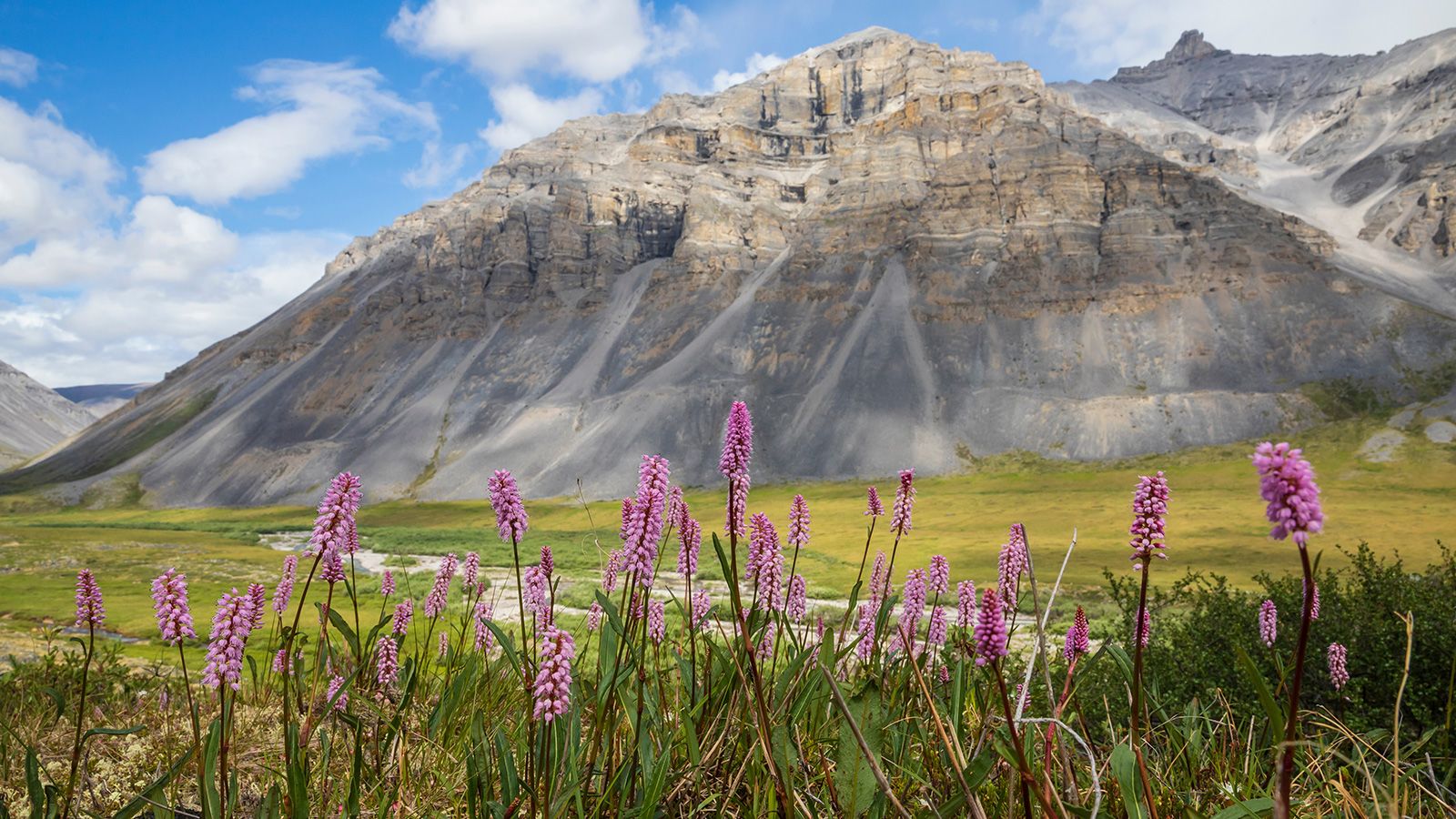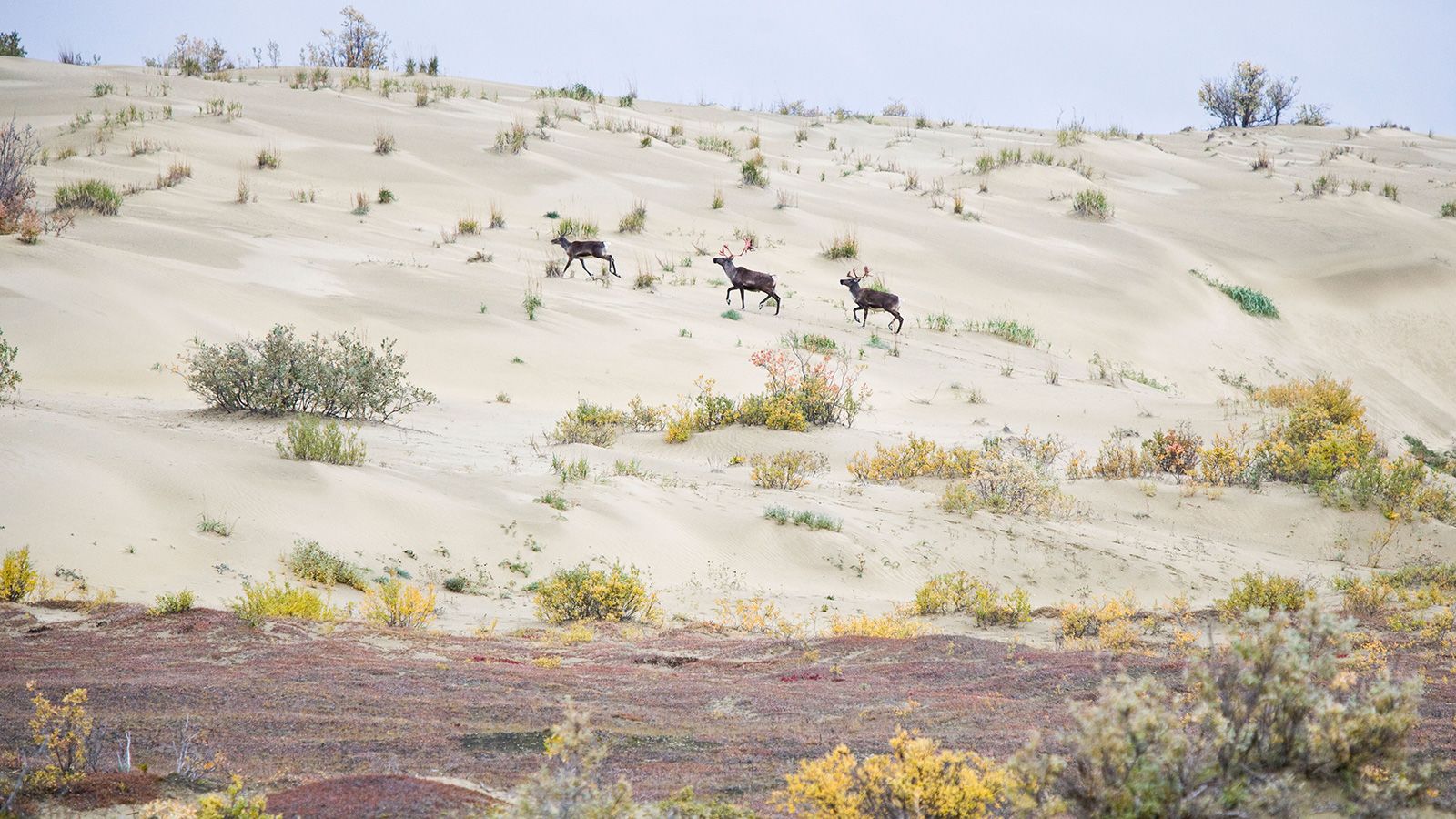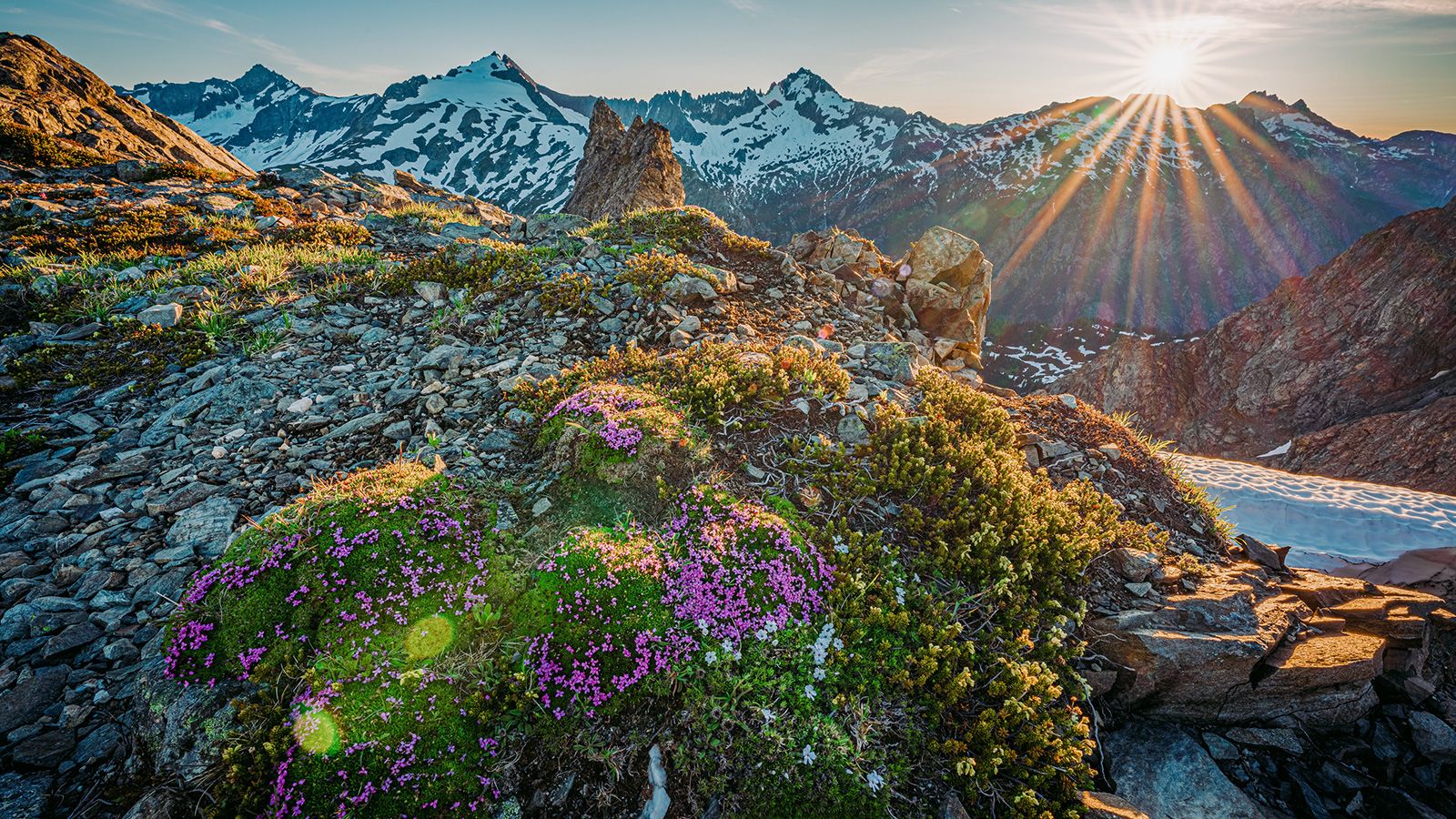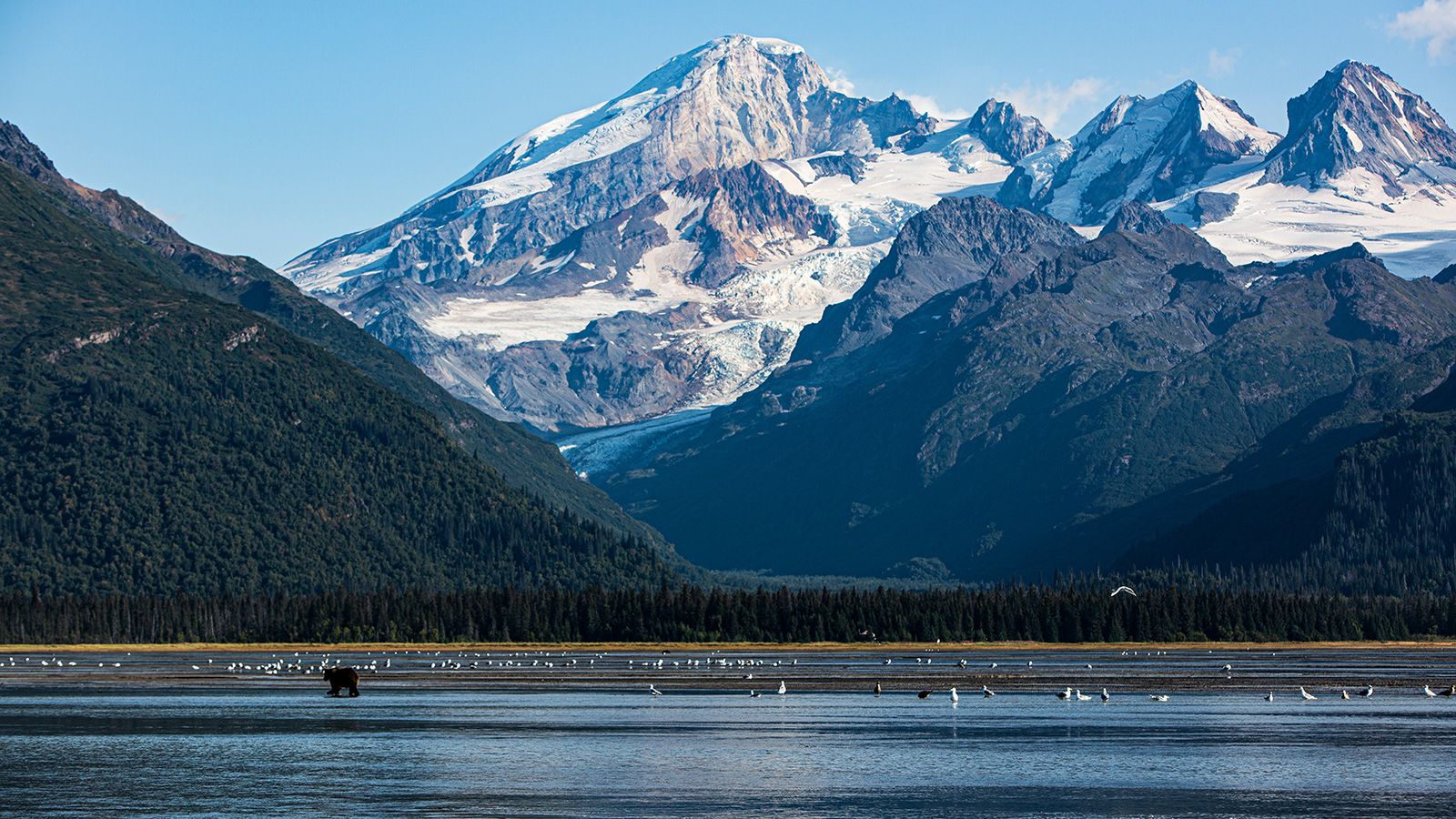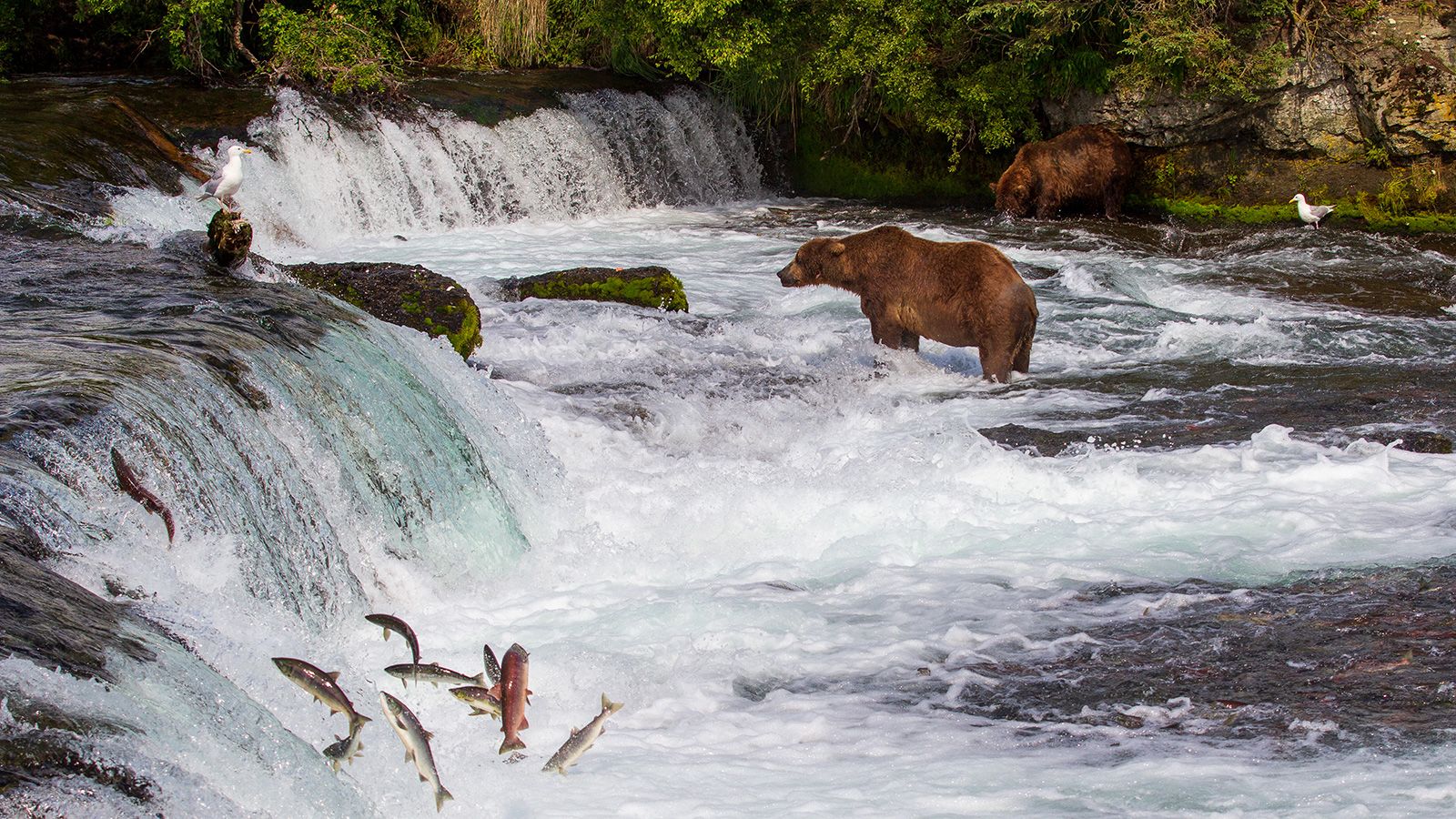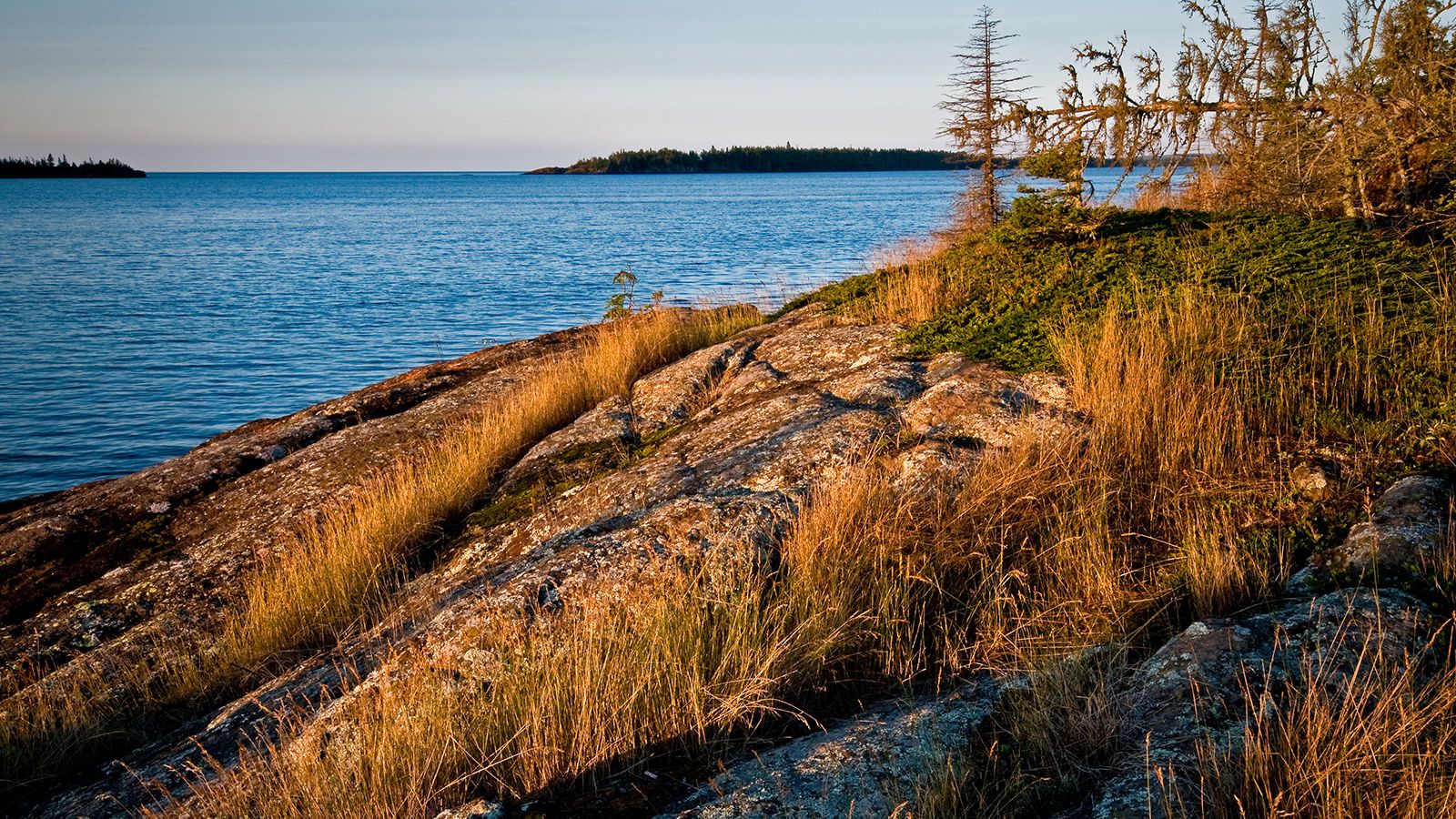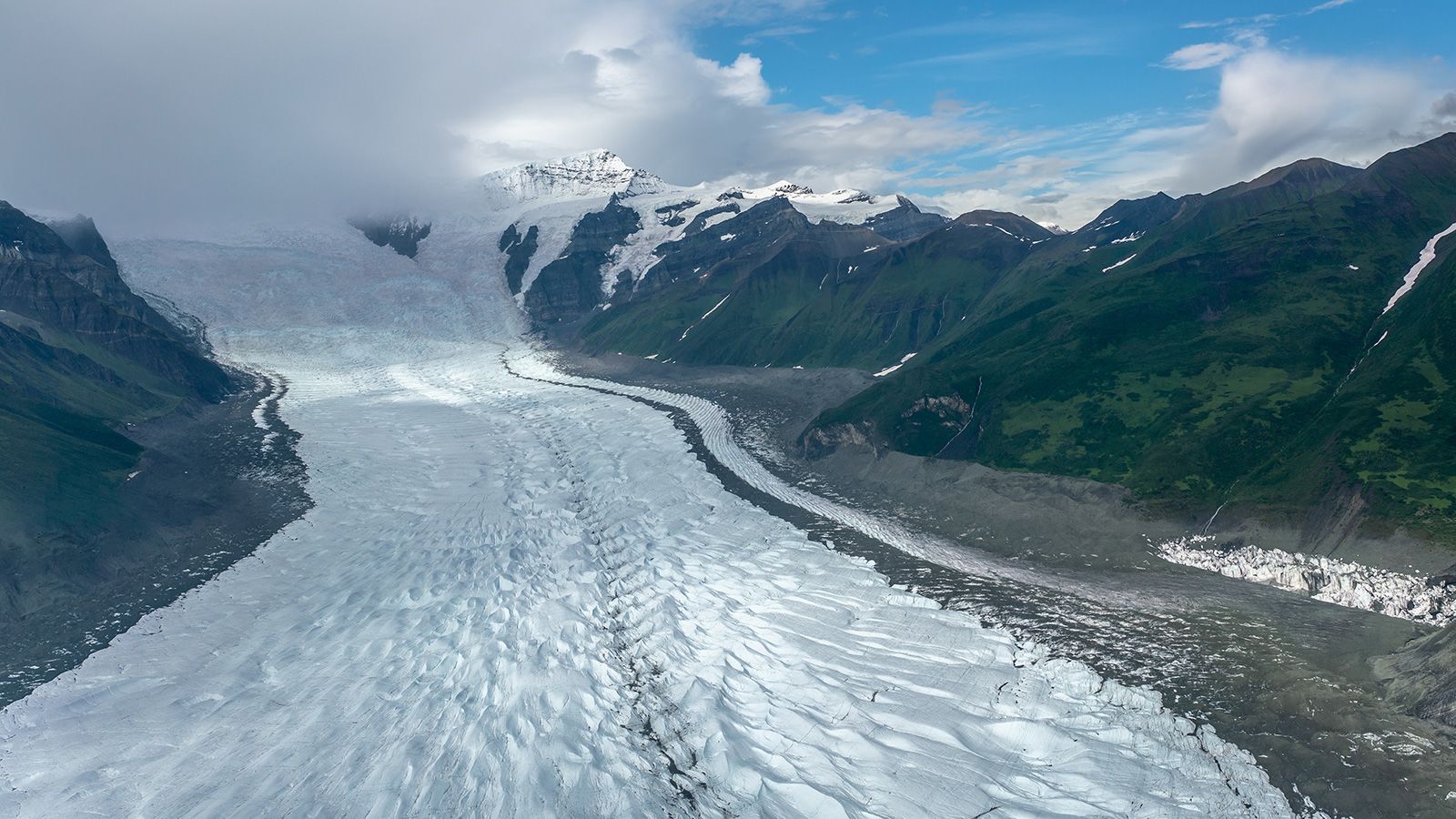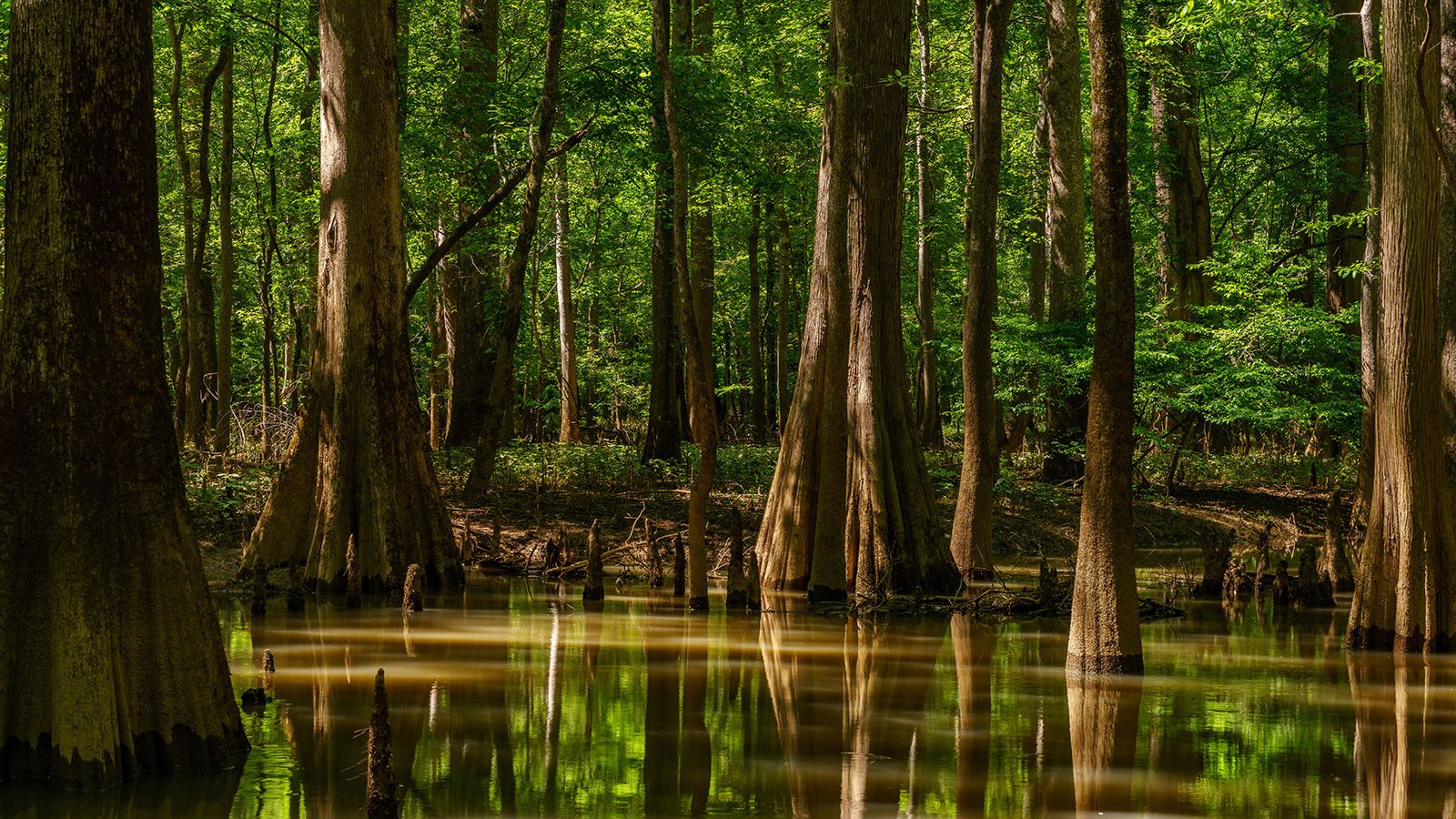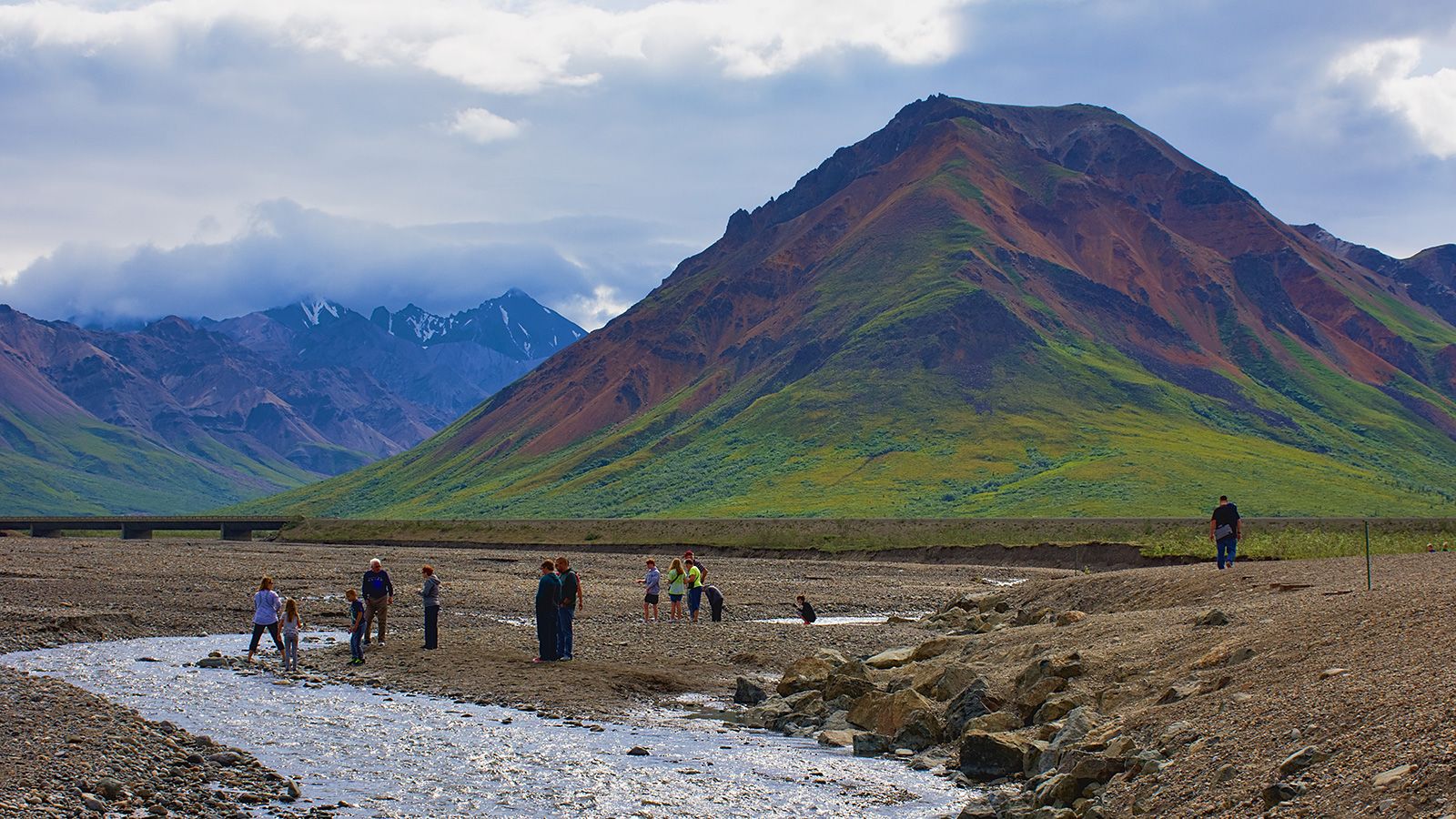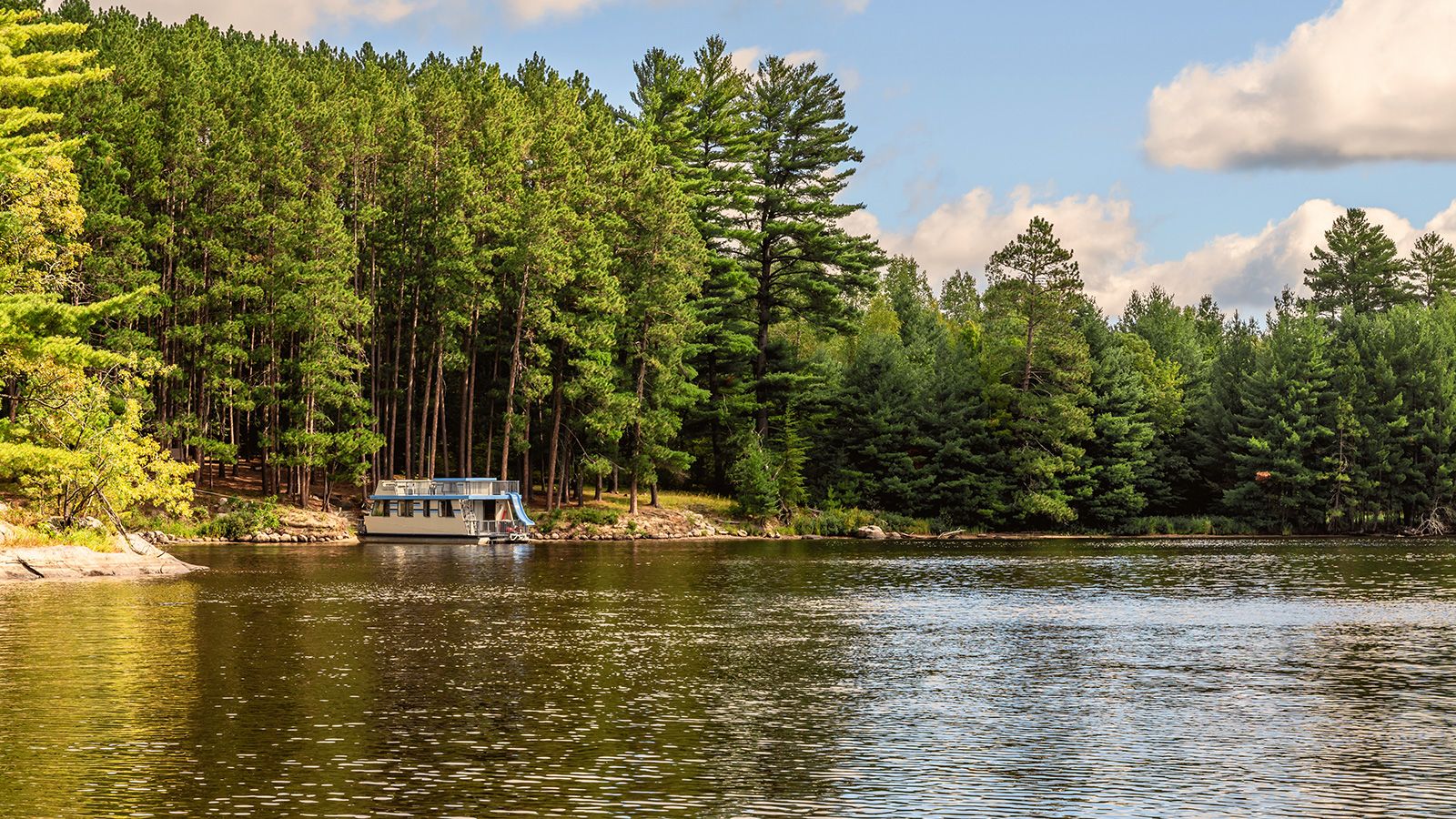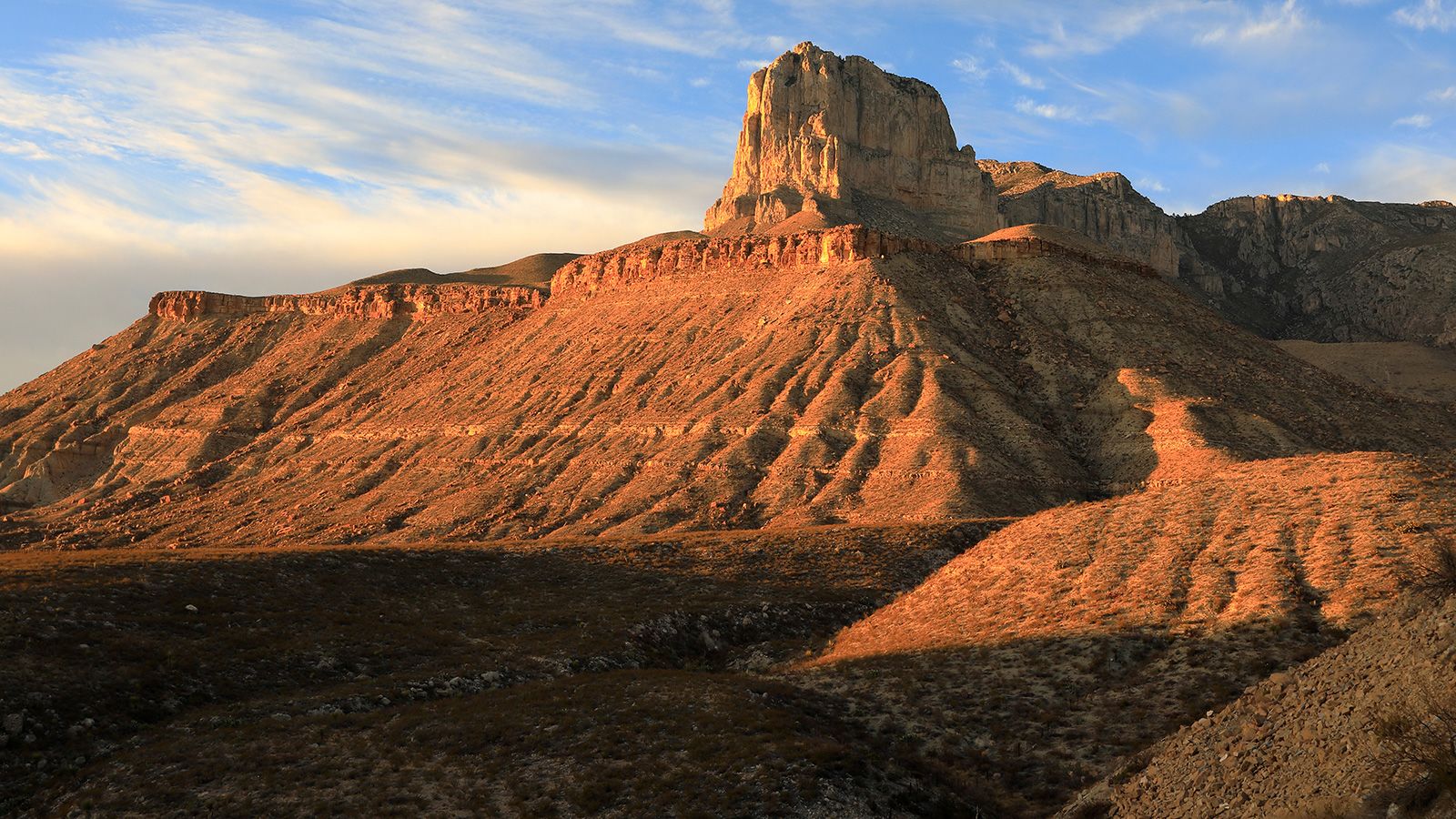Editor’s Note: Sign up for Unlocking the World, CNN Travel’s weekly newsletter. Get news about destinations opening and closing, inspiration for future adventures, plus the latest in aviation, food and drink, where to stay and other travel developments.
There are more than 420 sites in the US National Park System, but only 63 carry the headliner – capital N, capital P – “National Park” title.
The most visited of those, Great Smoky Mountains National Park in North Carolina and Tennessee, welcomed a record-setting 14.2 million recreation visits in 2021. Zion, Yellowstone and the Grand Canyon are other top visitor draws. See full lists of the most popular National Park Service sites here.
But what about the least-visited headliners? Parks that might be especially wild or hard to reach but also uncrowded and largely undiscovered. Let’s take a peek at those.
Seven out of the 15 least-visited national parks in 2021 are in Alaska.
It’s no big surprise that a good chunk of the least-visited national parks are in the 49th state. Covering close to 665,000 square miles – much of it wild and often frozen – getting around the state can be challenging and there’s a lot of wilderness to see.
The least visited of the 63 national parks, Gates of the Arctic National Park & Preserve, contains no roads or trails and visitors must fly or hike into the park, according to the National Park Service.
It’s safe to say the people who accounted for its 7,362 recreation visits in 2021 were very committed to a wilderness experience. Denali National Park in Alaska, No. 13 among the least-visited parks, saw a whopping 229,521 visits by comparison.

Remote islands, a historic fort and more
The second least-visited national park couldn’t be more different. National Park of American Samoa is located on a volcanic island arc in the South Pacific, where fruit bats and coral reefs are part of the ecosystem. The park logged just under 8,500 visits in 2021.
Among other non-Alaska entries in the least visited parks list are North Cascades in Washington; Isle Royale in Michigan and Dry Tortugas in Florida.
The latter two are remarkably different island environments. Isle Royale is a wooded island in Lake Superior accessible by ferry or seaplane; Dry Tortugas is 70 miles west of Key West and encompasses open water and a handful of islands, including one that’s home to an impressive 19th-century fort.
Nevada, South Carolina, Minnesota and Texas parks also make the 15 least-visited list.
Here’s the list and some park highlights for a little trail-less-taken inspiration:
15 least-visited US National Parks in 2021
1. Gates of the Arctic National Park & Preserve, Alaska - 7,362 recreation visits
With no roads, no trails, no cell service and no established campsites, this massive expanse is a true wilderness experience. The park and preserve has six designated Wild Rivers. “Visitors may wander at will across 8.4 million acres of superlative natural beauty,” the park’s website says. Visitors must be self-sufficient, flexible and “able to execute self-extraction and communication, should an emergency situation arise.” Arrive prepared.
2. National Park of American Samoa - 8,495 recreation visits
Most parkgoers will need a passport to visit this spot in a remote part of the South Pacific. Hawaiian Airlines offers direct flights from Honolulu. The only National Park Service site south of the equator, the park has units on three different islands in the territory of American Samoa. The park stretches across 13,500 acres, some 4,000 of which are marine acres that are mostly coral reefs.
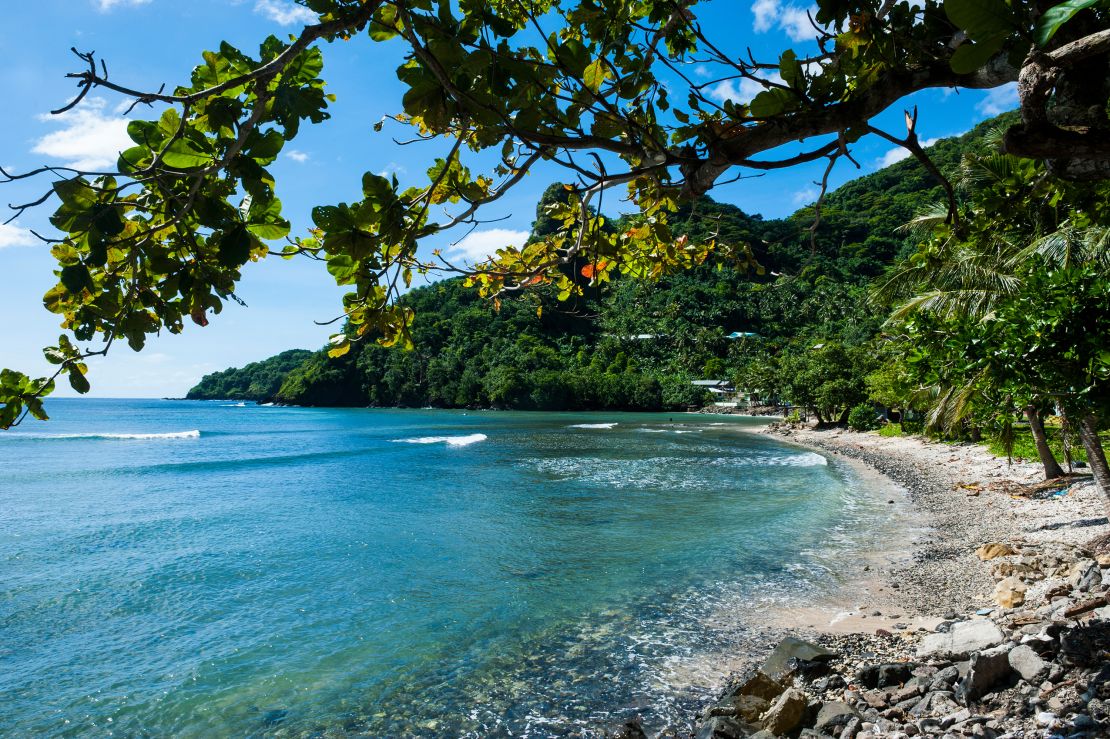
3. Kobuk Valley National Park, Alaska - 11,540 recreation visits
There are no roads, campgrounds or entrance gates for this 1.8 million-acre expanse’s human visitors. Half a million caribou migrate through this park, crossing the Kobuk River and Onion Portage, according to the National Park Service. An 8,000-year tradition of hunting caribou here continues today.
4. North Cascades National Park, Washington - 17,855 recreation visits
Peaks crowned by more than 300 glaciers tower over this alpine landscape. More than 1,600 species of plants have been identified on this land that spans temperate rainforest to a dry ponderosa pine ecosystem. There are more than 400 miles of trails.
5. Lake Clark National Park & Preserve, Alaska - 18,278 recreation visits
Stretching across more than 4 million acres, this national park and preserve is home to three designated Wild Rivers and two National Natural Landmark volcanoes. The land holds 10,000 years of human history and preserves the ancestral homelands of the Dena’ina people.
6. Katmai National Park & Preserve, Alaska - 24,764 recreation visits
Katmai is an important habitat for thousands of brown bears. One of the world’s premier bear-viewing spots, according to the Park Service, Katmai is home to an estimated 2,200 brown bears. Brooks Camp along the Brooks River is one of the most popular viewing spots to observe bears feasting on salmon.
7. Isle Royale National Park, Michigan - 25,844 recreation visits
An isolated archipelago in Lake Superior, Isle Royale boasts 165 miles of trails and more than 30 campgrounds. It’s open from mid-April through the end of October. Ferry and seaplane service typically runs from mid-May through the end of September, according to NPS. There are fewer mammal species here – only 19 – than on the mainland because animals must cross at least 14 miles of Lake Superior. Wolves and moose are among the notable animal residents.
8. Wrangell-St. Elias National Park & Preserve, Alaska - 50,189 recreation visits
America’s largest national park, Wrangell-St. Elias encompasses 13.2 million acres – or about the size of Yellowstone National Park, Yosemite National Park and Switzerland combined, the Park Service says. Most of the park is backcountry, and visitor services are limited. There are some maintained trails in the frontcountry Nabesna and McCarthy areas.
9. Dry Tortugas National Park, Florida - 83,817 recreation visits
About 70 miles (113 km) west of Key West, Dry Tortugas is mostly open water with seven small islands. Garden Key is home to one of the nation’s largest 19th-century forts, Fort Jefferson. The park is accessible by boat or plane and is host to nearly 300 species of birds. Bush Key closes every year from February to September so that sooty terns and brown noddies can breed there undisturbed.
10. Glacier Bay National Park & Preserve, Alaska - 89,768 recreation visits
Another Alaska wilderness park, Glacier Bay covers 3.3 million acres. Late May through early September marks the main visitor season. Visitors arrive by ferry or boat, and sea kayaking is a popular way to see the park’s spectacular tidewater glaciers. Black and brown bears live here, and the park recently temporarily closed one area to foot traffic after a bear got food from campers.
11. Great Basin National Park, Nevada - 144,875 recreation visits
Mountain peaks meet hot desert valleys here. Great Basin National Park is home to 13,063-foot Wheeler Peak, ancient bristlecone pines, about 40 caves and a wide array of plants and animals. The elevation ranges from 5,000 to 13,000 feet with hiking trails for all levels.
12. Congaree National Park, South Carolina - 215,181 recreation visits
Congaree National Park’s landscape is “defined by the presence of both flood and flame,” the Park Service says. Flood waters from the Congaree and Wateree rivers regularly cover the park’s old-growth bottomland hardwood forest, and the upland pine forest depends on wildfires to clear out competing vegetation. Canoeing and kayaking are popular ways to explore the park. There’s a 15-mile marked canoe trail.
13. Denali National Park & Preserve, Alaska - 229,521 recreation visits
Covering six million acres, this wild land is home to North America’s tallest park – 20,310-foot Denali. Off-trail hiking is the norm, and vehicle access to its sole road is largely limited to buses. Grizzly and black bears, wolves, caribou, moose and Dall’s sheep all live here.
14. Voyageurs National Park, Minnesota - 243,042 recreation visits
Billed as a park of “water, islands and horizons,” Voyageurs covers 218,055 acres – 84,000 of which is water. There are more than 500 islands and four large lakes, plus more than two dozen smaller lakes in the park, which is best experienced by boat. Voyageurs shares its northern boundary with Canada, and lucky visitors may even see the northern lights.
15. Guadalupe Mountains National Park, Texas - 243,291 recreation visits
This park boasts the four highest peaks in Texas and the world’s most extensive Permian fossil reef. Guadalupe Mountains Wilderness has more than 80 miles of trail including a hike in the Salt Basin Dunes that rise 100 feet from the desert floor.

